
This article is based on ideas originally published by VoxEU – Centre for Economic Policy Research (CEPR) and has been independently rewritten and extended by The Economy editorial team. While inspired by the original analysis, the content presented here reflects a broader interpretation and additional commentary. The views expressed do not necessarily represent those of VoxEU or CEPR.
Read More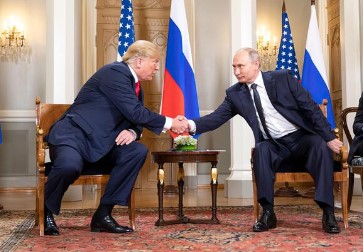
Talks shift from bullets to balance sheets. Tariffs become the new front line. Will an accord emerge, or will demands stall? A meeting between President Trump and President Putin is reportedly imminent, marking a shift in focus from the battlefield to the balance of trade. Instead of ceasefire terms or territorial settlements, this summit will center on sanctions, tariffs, and the reshaping of the post-war financial order.
Read More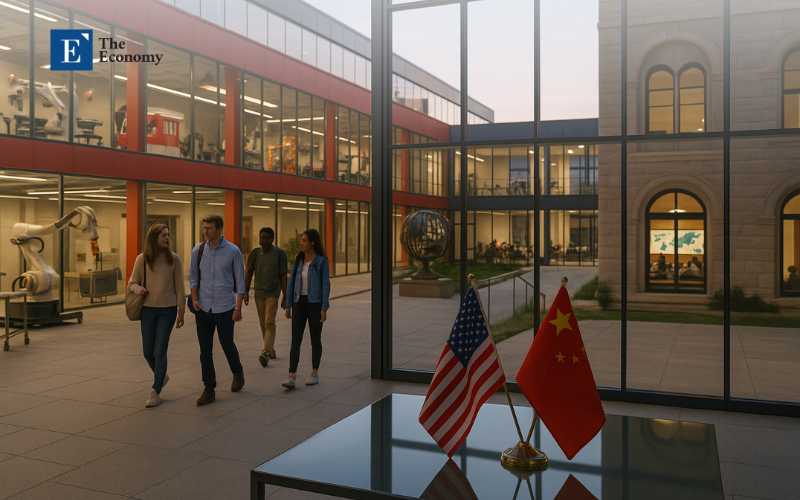
This article was independently developed by The Economy editorial team and draws on original analysis published by East Asia Forum. The content has been substantially rewritten, expanded, and reframed for broader context and relevance. All views expressed are solely those of the author and do not represent the official position of East Asia Forum or its contributors.
Read More
This article is based on ideas originally published by VoxEU – Centre for Economic Policy Research (CEPR) and has been independently rewritten and extended by The Economy editorial team. While inspired by the original analysis, the content presented here reflects a broader interpretation and additional commentary. The views expressed do not necessarily represent those of VoxEU or CEPR.
Read More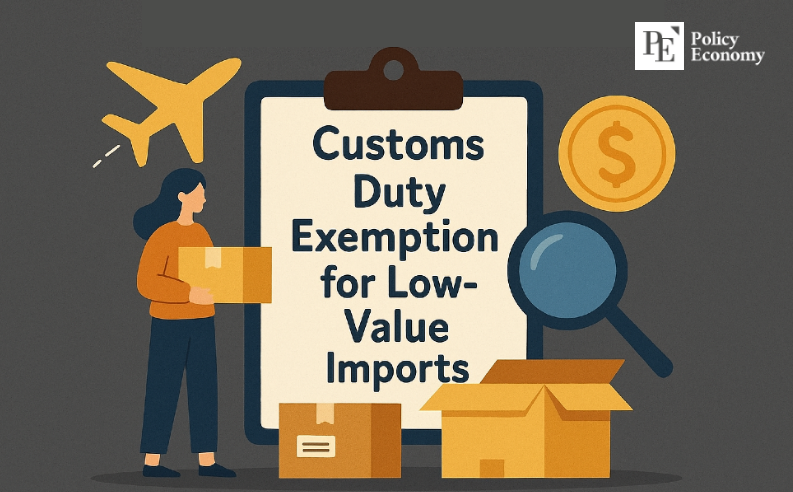
Trump Administration Abolishes De Minimis Rule K-Beauty Sector, Highly Dependent on Cross-Border Sales, Faces Direct Blow Potential for Relative Benefit Compared to China Remains On July 30 (local time), President Donald Tr
Read More
Concerns Over Exclusion Zones, Race for Technological Dominance Minimum 100kW Power Requirement for Lunar Survival and Mars Transit Pursuit of Space Supremacy Through Preemptive Lunar Reactor Deployment Ahead of China and Russia
Read More
Higher Tax Revenues Mask Rising Consumer BurdensMarket Liberalization Abroad Creates New Opportunities
Read More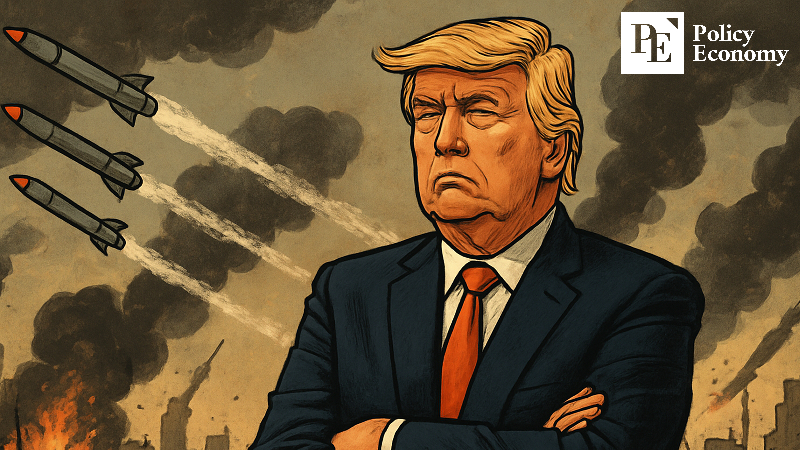
U.S. Congress Approval of $850 Billion Defense Budget Substantial Increase Beyond Presidential Request Focus on Proven Combat Effectiveness of Small Drone Programs The U.S.
Read More
When guns are built, do markets see profit or peril? Some bet on growth, while others brace for trouble. The same act draws praise or fear, Marco may rise, but who steers the global mirror? A recent economic analysis examines how international markets interpret military spending. Civilians rarely see it as a sign of imminent conflict, but rather as an investment opportunity that promises government contracts and industrial growth. That view applies even if the country later becomes involved in armed conflict.
Read More
This article is based on ideas originally published by VoxEU – Centre for Economic Policy Research (CEPR) and has been independently rewritten and extended by The Economy editorial team. While inspired by the original analysis, the content presented here reflects a broader interpretation and additional commentary. The views expressed do not necessarily represent those of VoxEU or CEPR.
Read More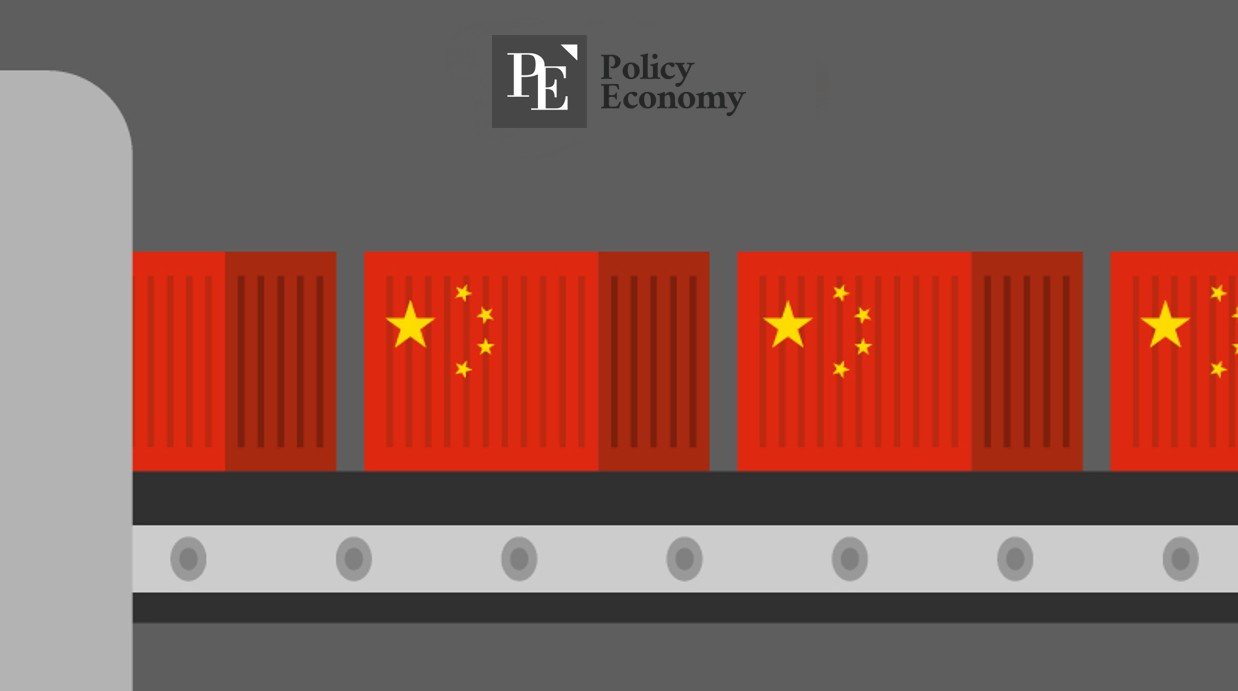
Trump Slashes China Tariffs from 145% to 30% Introduces 40% Transshipment Tariffs Targeting China via Southeast Asia Acceleration Expected in Repatriation of Manufacturing Bases to Mainland China President Donald Trump has lowered tariffs on Chinese imports
Read More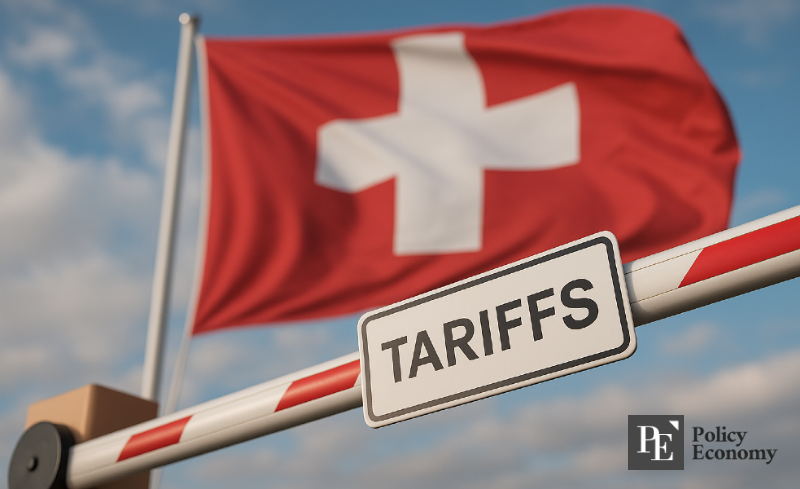
Unilateral Hike After Phone Call: “No Sign of Good Faith” Agreed Terms Between Ministers Dismissed Switzerland Mulls U.S. Energy Imports to Salvage Deal U.S.
Read More
This article is based on ideas originally published by VoxEU – Centre for Economic Policy Research (CEPR) and has been independently rewritten and extended by The Economy editorial team. While inspired by the original analysis, the content presented here reflects a broader interpretation and additional commentary. The views expressed do not necessarily represent those of VoxEU or CEPR.
Read More
This article is based on ideas originally published by VoxEU – Centre for Economic Policy Research (CEPR) and has been independently rewritten and extended by The Economy editorial team. While inspired by the original analysis, the content presented here reflects a broader interpretation and additional commentary. The views expressed do not necessarily represent those of VoxEU or CEPR.
Read More
Shinsegae and Shilla File Rent Adjustment Petitions in Court Incheon Airport Corporation Maintains Stance of Non-Attendance at Second Mediation Duty-Free Operators Warn of Inevitable Withdrawal if Talks Collapse Incheon Ai
Read More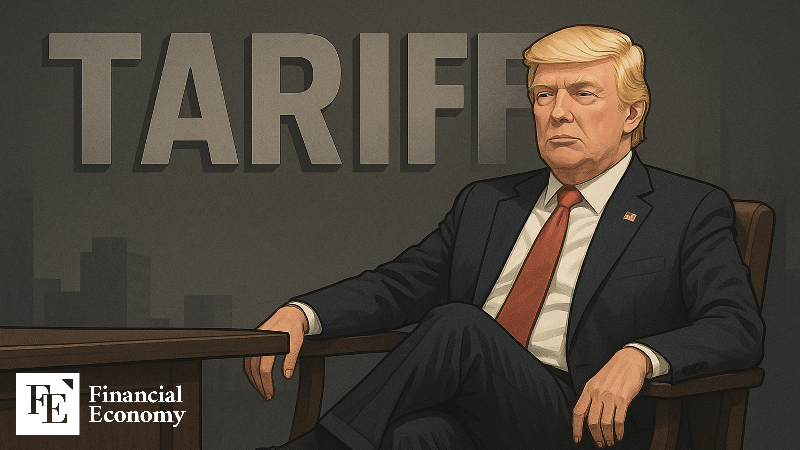
The walls go up, the costs rise high, While buyers ask the reason why. The goods remain, but fewer people choose them. When tariffs leave them bound to lose. As President Trump ramps up his latest round of tariffs, concerns over their far-reaching consequences are intensifying. Countries that have yet to strike trade agreements with the United States, such as Canada, Mexico, and Brazil, are bracing for the fallout.
Read More
This article was independently developed by The Economy editorial team and draws on original analysis published by East Asia Forum. The content has been substantially rewritten, expanded, and reframed for broader context and relevance. All views expressed are solely those of the author and do not represent the official position of East Asia Forum or its contributors.
Read More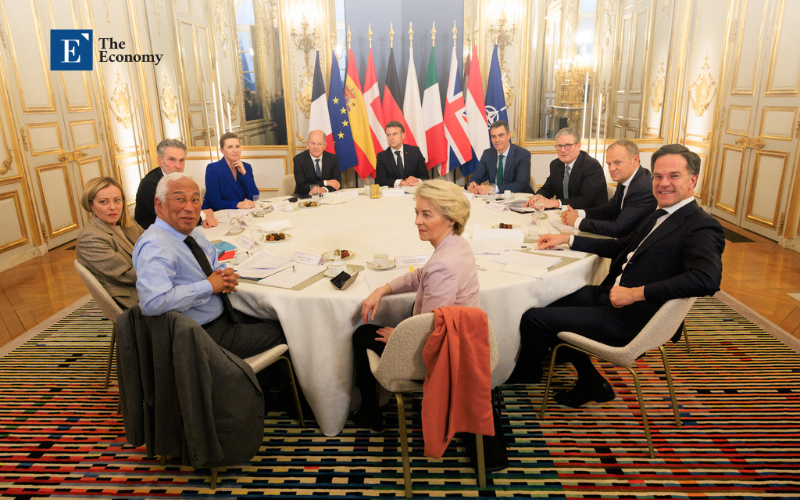
This article is based on ideas originally published by VoxEU – Centre for Economic Policy Research (CEPR) and has been independently rewritten and extended by The Economy editorial team. While inspired by the original analysis, the content presented here reflects a broader interpretation and additional commentary. The views expressed do not necessarily represent those of VoxEU or CEPR.
Read More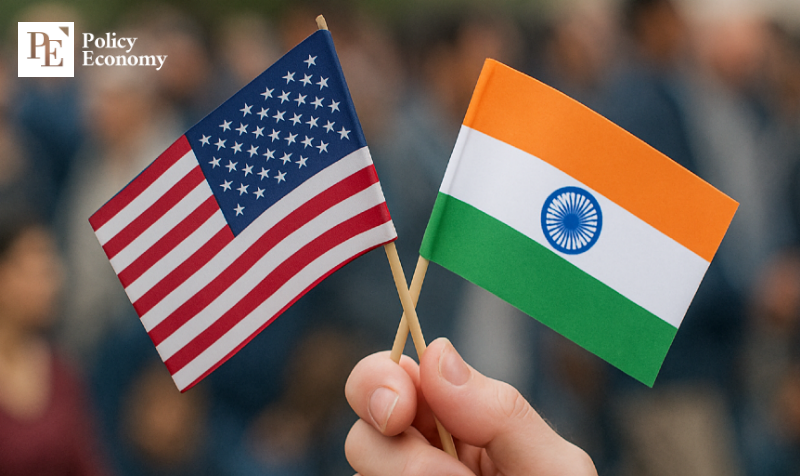
“One of the Worst Trade Barriers, Barely Any Trade with the U.S.” “Most Military Purchases from Russia,” He Points Out Sharpest Tariff Yet Signals Possible Delay in Negotiations U.S.
Read More
This article was independently developed by The Economy editorial team and draws on original analysis published by East Asia Forum. The content has been substantially rewritten, expanded, and reframed for broader context and relevance. All views expressed are solely those of the author and do not represent the official position of East Asia Forum or its contributors.
Read MorePagination
- First page
- Previous page
- …
- 3
- 4
- 5
- …
- Next page
- Last page











